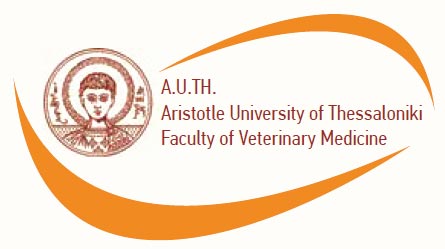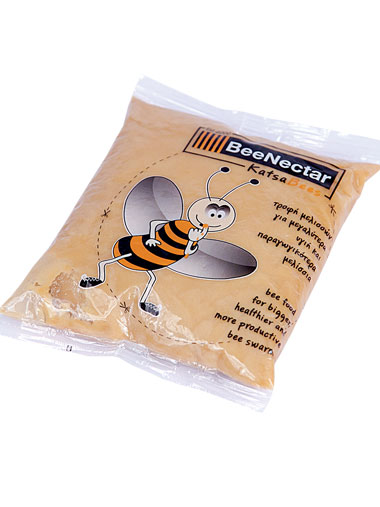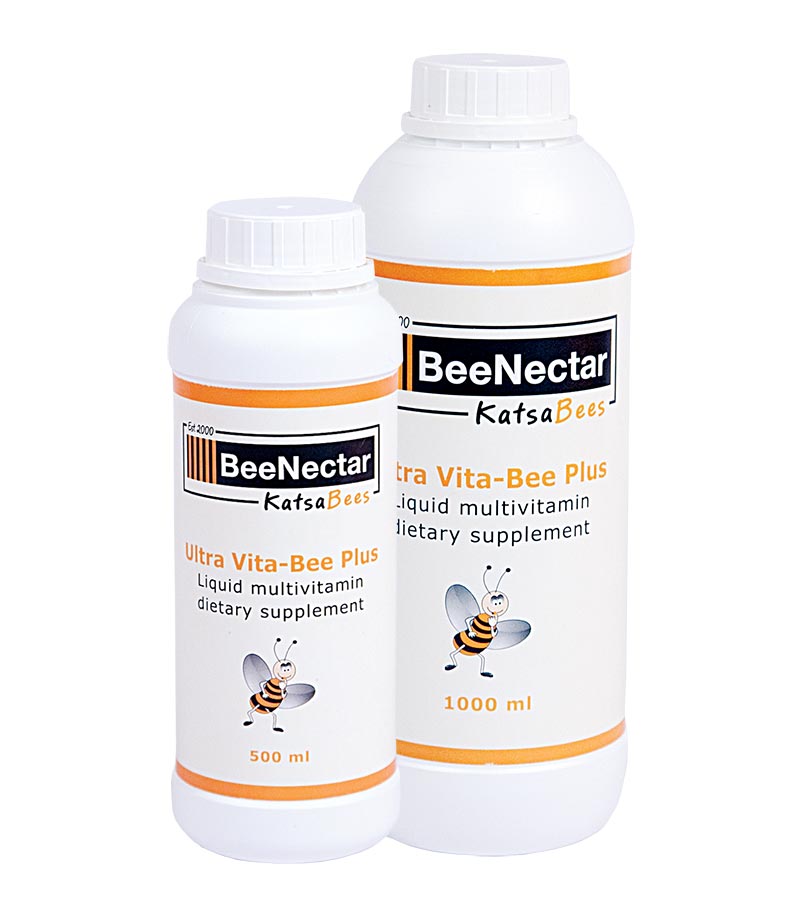VN-Extra Power (96614) Pollen Patty
In an experiment conducted by the Laboratory of Parasitology and Parasitic Diseases, Faculty of Veterinary Medicine of the Aristotle University of Thessaloniki (A.U.TH.), regarding the use of VN-Extra Power pollen patty, two groups (A and B) of 10 beehives with 10 populated hive frames each were used. VN-Extra Power was given only to group A, while another commercial solid bee food of equal value and quantity was given to group B for 40 consecutive days. Besides, in group B, treatment for varroa with oxalic acid was performed, while in group A nothing more except VN-Extra Power was granted for varroa.1. The following measurements were performed on 50 random bees per beehive, concerning the number of varroa parasites:
| Bee Food VN-Extra Power |
Commercial solid bee food and oxalic acid |
|
|---|---|---|
| Day 0 | 32 | 28 |
| Day 7 | 18 | 5 |
| Day 14 | 11 | 6 |
| Day 21 | 8 | 4 |
| Day 28 | 9 | 7 |
| Day 35 | 5 | 4 |
| Day 42 | 2 | 6 |
- The number of varroa parasites in group A was gradually decreased, unlike to group B, in which there was a rapid decrease in the first week.
- Approximately after 35 days, the number of varroa parasites is still decreasing in group A, while in group B it is increasing instead of decreasing, as shown in the following diagram.

2. Then, no laboratory measurements of the varroa population was conducted, however it was observed that 42 days later, the bee colonies of group A remained healthy for a long time, as opposed to those in group B, in which repeated treatment was performed with oxalic acid.
3. It was also detected that bee colonies of group A had better growth and their population was increased in all the beehives (two stories beehives) which was not occurred in group B.
4. In addition, the amount of honey produced by the two groups in the fi rst honey fl ow was measured (spring 2018). Group A produced 81 kg of honey, whereas group B 69 kg respectively. There was an increase in honey production of 17.4% by group A in one single honey fl ow (plus 12 kg).
The experiment was conducted under the supervision of the Professor of the above laboratory.

More Experimental Results




Beehive cover The Genius Lid (80014)
In an experiment conducted by the Laboratory of Parasitology and Parasitic Diseases, Faculty of Veterinary Medicine of the Aristotle University of Thessaloniki (Α.U.TH.) regarding beehive cover The Genius Lid, the following measurements were carried out:| Temperature (°C) inside the hive |
Humidity (%) inside the hive |
|||
|---|---|---|---|---|
| The Genius Lid | Common Cover | The Genius Lid | Common Cover | |
| Day 0 | 25,0 | 25,2 | 65 | 64 |
| Day 7 | 28,5 | 27,4 | 58 | 65 |
| Day 14 | 29,1 | 26,5 | 56 | 65 |
| Day 21 | 28,2 | 28,0 | 55 | 60 |
| Day 28 | 27,9 | 27,2 | 58 | 62 |
| Day 35 | 28,3 | 25,6 | 55 | 59 |
| Day 42 | 30,4 | 29,2 | 58 | 65 |
From the above table, it was marked that the The Genius Lid creates better conditions in the hive, because it reduces humidity and increases the temperature inside the hive.
The experiment was conducted under the supervision of the professor of the above laboratory.

More Experimental Results




Ultra-Vita Βee Plus (11017/11117) Liquid multivitamin dietary supplement
In an experiment conducted by the Laboratory of Parasitology and Parasitic Diseases, Faculty of Veterinary Medicine of the Aristotle University of Thessaloniki (Α.U.TH.), regarding the use of Ultra-Vita Bee Plus, two groups (A and B) of 5 beehives with 6 populated frames each were used. Ultra-Vita Bee Plus was given only to group A, while the same quantity of VN-Extra Power (pollen substitute) was granted to both groups.From the measurements that carried out, the following results were occurred:
1. All the bee colonies of group A increased their population faster than group B and became two stories beehives, whereas only three of the bee colonies of group B became two stories beehives (at a slower pace).
2. Bee colonies of group A had 47% higher honey production in total than those of group B in the three follow-up honey flow.
The experiment was conducted under the supervision of the Professor of the above laboratory.

More Experimental Results


